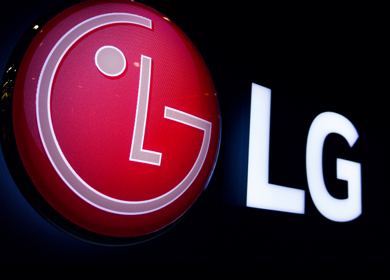AI's risk factor inhibits brands from using it: how should advertisers handle this?
Published: June 07, 2023

Just like every other industry, the advertising industry is also embracing the opportunities that generative AI technology brings. As this evolving technology helps advertisers sharpen their work in various ways, the use cases of generative AI in marketing are only expanding by the day.
While artificial intelligence has grown in popularity, some brands have already started to worry about the risks. A lack of regulation in this space creates an uncertain environment for experimentation, with problems such as copyright and data security still unresolved.
For example, several clients of BBDO, the US-based advertising agency, declined work done with AI. This reaction prompted the BBDO CEO to send out an internal memo recently alerting employees not to utilise AI without prior client consent.
As an impact of this concern, the Association of National Advertisers (ANA) has released an updated version of its media agency contract agreement to help advertisers set up transparent contracts with media buying agencies. An updated template implies that an agency that wants to use artificial intelligence tools in its work for a client must first obtain consent from that client.
Particularly, the ANA's requirement comes as more agencies build AI solutions to stay up-to-date with innovation.
Some of the recent collaborations and partnerships made are:
- WPP and Nvidia collaborated to launch a generative AI platform.
- The Brandtech Group acquired Jellyfish to ramp up its technological efforts.
- Omnicom signed an AI agreement with Adobe, and
- Publicis recently bought a majority stake in an AI lab.
Other changes to the ANA's contract template consist of new audit descriptions, additional details on dealing with non-transparent services, and signals to take ESG and diversity, equity, and inclusion efforts into account.
What does it mean for advertisers?
While the recent moves by the Centre for AI Safety show indications for generative AI regulations, the lack of regulation in this space creates various forms of chaos for advertisers.
Certainly, there is no second thought about regulating the use of generative AI in the advertising industry. And, in that context, the ANA’s recent move gives advertisers more strength to establish transparency.
However, how should advertisers handle brands’ inhibitions about using AI technology?
From content creation to personalization to segmentation, AI has been a huge helping hand for advertisers. Undeniably, it has all the potential to bring about a meaningful transformation in the advertising industry.
Thus, the responsibility is on advertisers’ shoulders to have certain practises in place to make brands understand the benefits of integrating AI with their work.
- Advertisers must clearly define brands about how they are maintaining the right balance between AI and human involvement in advertising processes. Besides, they need to elaborate on how AI can add value to certain areas of marketing practises where human expertise is rare so that they can maximise the effectiveness of their efforts.
- Always prioritize ethical considerations in the implementation of AI and regularly evaluate AI systems to identify and address any ethical concerns that may arise and bring them to brands’ attention.
- Never fail to balance automation with human touch to create meaningful customer experiences. This is one of the key reasons why brands hesitate to use generative AI for the content creation process. This kind of human-centric approach can possibly convince brands to use AI.
- Implement robust data privacy measures while using AI to protect customer data. By being transparent, advertisers will be able to build trust with both customers and brands.
- As AI can generate inaccurate content, some brands may fear that it may lead to undesirable outputs and impact their reputation. Thus, address this problem and explain how you are prioritizing human intervention to avoid this challenge.
In simple words, we are just a few days away from using the regulatory measures for using AI in advertising. Still, there is so much chaos happening in the industry. We believe the situation will definitely change once the appropriate regulatory practises are put in place. And that could be the one powerful solution that may blur the brand's inhibitions about using AI. Until then, ANA’s new move is the best solution to catching up for advertisers.










Be the first one to comment.